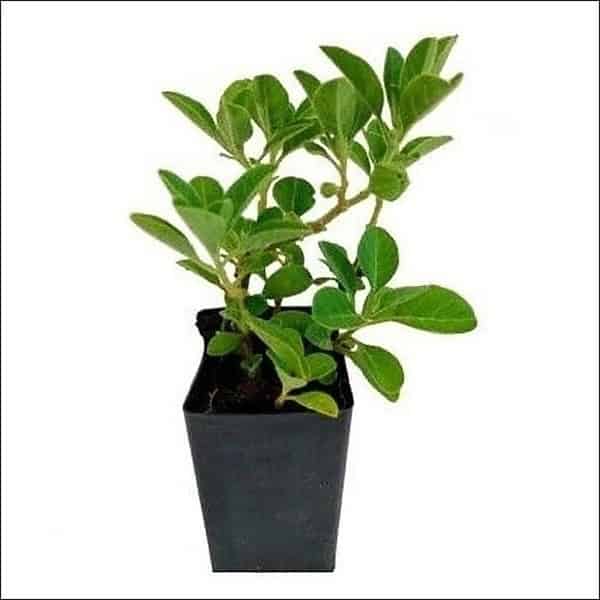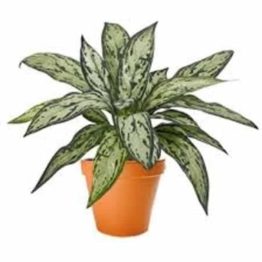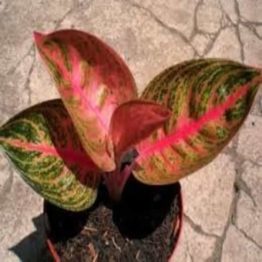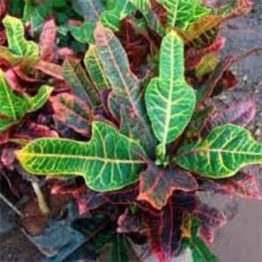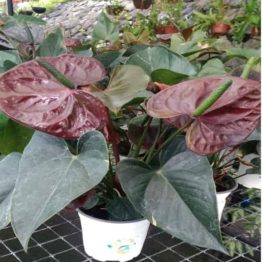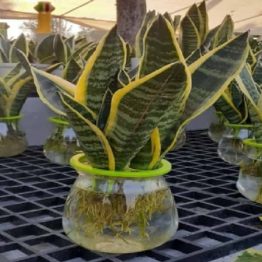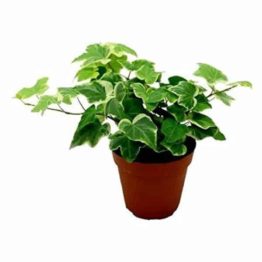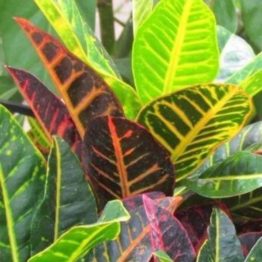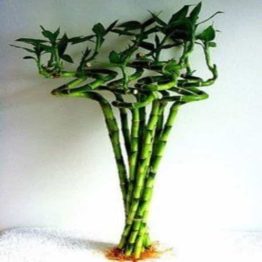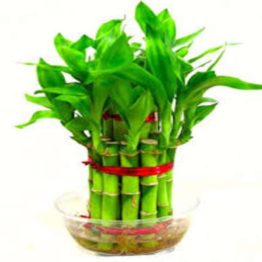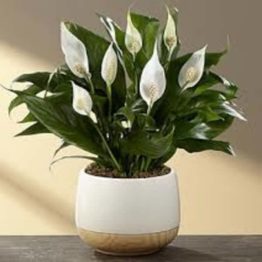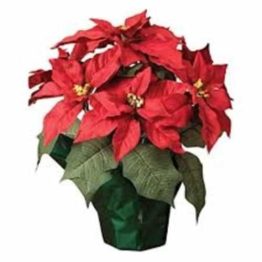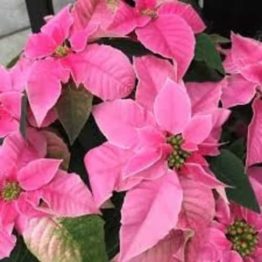Description
Brahmi is also known as the Asiatic pennywort or Indian pennywort in English, among various other names in other languages. It has long-stalked, green, rounded apices which have smooth texture with palmately netted veins. The leaves of Brahmi are borne on pericaldial petioles, around 2 cm. The rootstock consists of rhizomes, growing vertically down. They are cream in color and covered with root hairs.
Brahmi grows in tropical swampy areas. The stems are slender, creeping stolons, green to reddish-green in color, connecting plants to each other.
Each flower bears five stamens and two styles. The fruit is densely reticulate, distinguishing it from species of Hydrocotyle which have smooth, ribbed, or warty fruit. The crop matures in three months, and the whole plant, including the roots, is harvested manually.
| Common Name | Bemgsag, brahma manduki, brahmanduki, brahmi, ondelaga or ekpanni |
| Flower Colour | White or pinkish to red |
| Bloom Time | August to December |
| Height Specification | 2 to 7 ft |
| Growing Care | Easy to grow |
Medicinal Use
- Centella Asiatica (Brahmi) is a well-known herb traditionally used in the treatment of skin damage as well as for circulatory enhancement. This is a specialized extraction employed for the concentration of the active constituents for enhanced therapeutic benefits to the skin.
- Centella Asiatica (Brahmi) has been shown to have many healing attributes acting as a general tonic for overall skin and circulatory health. When applied topically it s been shown to speed the healing of damaged tissues and to minimize scarring.
- Centella Asiatica (Brahmi) is rich in saponins which are well known for their beneficial connective tissue impact where they stimulate skin repair and strengthen hair and nails. This activity is dramatic enough to improve the look of cellulite and other skin imperfections.
- According to the American Cancer Society, although Centella is promoted for its health benefits, “available scientific evidence does not support claims of its effectiveness for treating cancer or any other disease in humans”.
- However, some research has shown a possible health benefit in the form of reduction of the progression of subclinical arterial lesions in low-risk asymptomatic subjects.
- Note- Be sure to ask your healthcare provider for guidelines.
Care for Brahmi Plant
- Keep the plant in full or partial sunlight.
- Poke your finger/plain small stick into the soil to check the moisture.
- Water when topsoil (1-2inches) feels dry to touch.
- Do not re-pot for min. 2 weeks after receiving it
- Do not overwater the plant.
- Water thoroughly in the summer and reduce watering in the winter and rainy seasons.
- Allow the soil to dry out between waterings.
- Also, prepare the soil with fertilizers and plant feed before planting the tree.
- Apply the organic fertilizer.
- Loosen the topsoil without disturbing the roots of the plant so it can uptake nutrients and moisture easily.
- Remove dead, infected, or damaged plant parts and discard them away from the plants.
- For any insect attack or disease, you can use Neem oil, Eucalyptus oil, or Citrus oil spray for primary treatment.
Disclaimer: The image is for reference purposes only. The actual product may vary in shape or appearance based on climate, age, height, etc.
